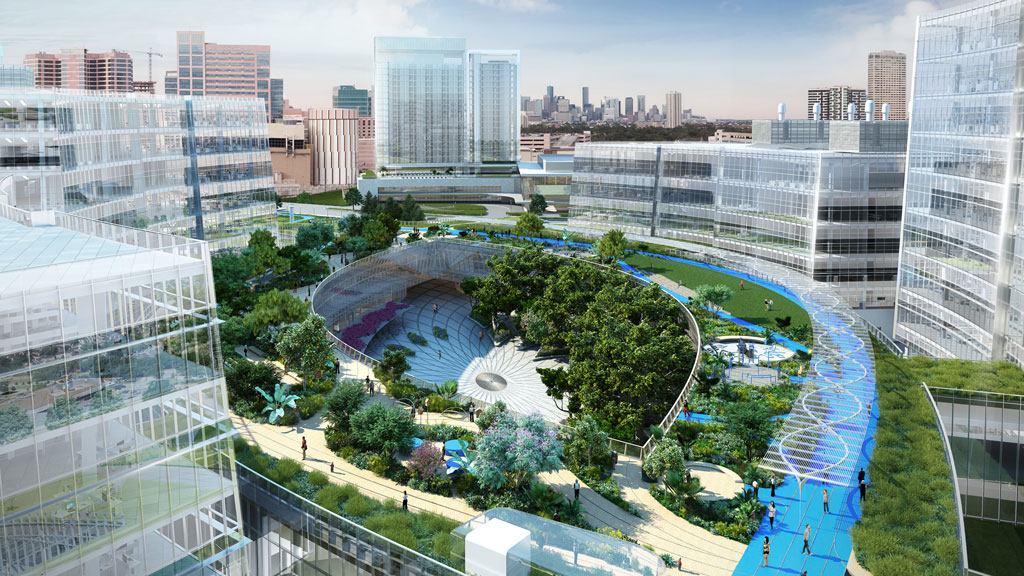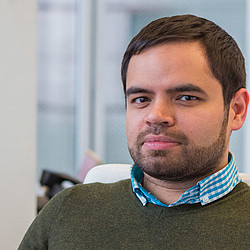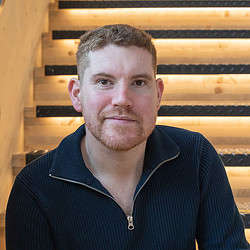SHED: Connecting the Dots Between Education, Industry, and Technology
June 20, 2023 | By Richard Jacob and Nick Jones
SHED = Science, Healthcare, Education, & Data
As technology is increasingly transforming and disrupting the workplace for many professionals, equipping learners with an authentic and definite understanding of the workplace will better prepare them for the development of their careers. It is crucial that they stay on top of the fast-developing technological advancements across all fields of work. In this way, with the right preparation, students can confidently shape the future of their professions and chart their own paths forward.
In healthcare, for example, practical learning has always been vital and a key milestone in attaining professionalism. Still, a newfound understanding has emerged that siloed practical learning is not beneficial to the education of healthcare professionals. As a result, we are starting to see interdisciplinary learning between doctors and nurses, clinicians and pharmacists, who are training and learning together.
Reinforcing the Link Between Research and Healthcare
To transform the way healthcare is applied and delivered, we could be connecting the dots within the Life Sciences, Med-Tech, and Bio-Tech sectors by reinforcing the link between research, healthcare, and essential statistical data. In the healthcare industry, the spheres of education, science, and technology can be overlaid to create a powerful new force for building a better, more equitable future for everyone through an improved and personalised healthcare system. Such an approach, where knowledge is shared not only within a discipline but also between fields, will make way for new methodologies, cures, medicines, and procedures.
One way we can support this transformation is to begin creating environments where traditional applications of healthcare, science, education, and data are reconsidered. The Texas Medical Centre is a world class translational science campus working across scientific and technological disciplines, attracting the top scientists, researchers and institutes to co-locate within a dynamic hub where they can test develop and grow pioneering ideas. The centre unifies business and research goals in a vibrant, highly sophisticated epicentre to create an innovation ecosystem for continuous learning and improvement
As architects, designers, and strategists our role is to create new ways to connect various disciplines, and to spark innovation through collaboration. We begin by asking: “What if?” What if there is a one-stop point where students learn by real-life examples? Could there be a hospital that educates patients about their wellbeing and perhaps even inspires them to become the doctors of the future? Could there be a laboratory setting that is not a siloed science space but somewhere that teaches the public about hygiene and communicable disease? What if data scientists worked directly with public health officials on a regular basis to tackle societal health issues?
So, before anything else, we talk to patients, students, and scientists about what they are looking for in ‘the healthcare system of the future’ and how this can change lives in our cities and societies. Listening and understanding can help us to successfully overlap skills and knowledge, to enhance our value in solving the critical issues our communities and organisations face today.
Blurring Boundaries to Foster Curiosity
Whether a recovering patient, an aspiring student, a cutting-edge researcher, or a dedicated data scientist — they all desire a space to better themselves. Let’s design supercharged environments where we erase boundaries. Let’s build a collegiate atmosphere where all professionals can work seamlessly and in unison for the betterment of health everywhere.
Blurring traditional boundaries between sciences will foster curiosity and exploration in new and emerging disciplines. Bringing innovation into clinical spaces will create meaningful and effective patient care delivery. Finally, nurturing a learning-based culture in universities will enhance the connection with the community and enable innovative research to thrive, all while being backed up by accurate data and evidence.
We’ve seen how the push for STEM and STEAM education has started to transform the science, technology, and engineering industries — now please welcome SHED, the key to a continued culture of innovation in the healthcare industry.
For media inquiries, email .


